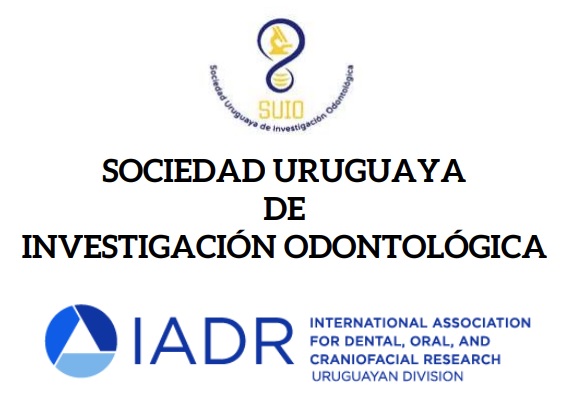Abstract
Objective: To evaluate the immediate and 6-month bond strength of lithium disilicate using a conventional adhesive protocol compared to Monobond Etch & Prime.
Methods: The study will be conducted with 20 lithium disilicate (Emax CAD, Ivoclar Vivadent) specimens (n=10), embedded in PPL tubes using self-curing acrylic resin and polished with increasingly fine abrasive papers to standardize the surface. Specimens will be randomly divided into two groups according to the adhesive strategy used: Group 1 (control): conventional bonding (hydrofluoric acid + silane (Monobond Plus, Ivoclar)) Group 2: Monobond Etch & Prime (Ivoclar). Each material will be applied following the manufacturer's instructions. Bond strength will be tested using a microshear test in a universal testing machine (MTS SANS). On each surface, four cylinders of dual-cure resin cement (Multilink Speed, Ivoclar) will be placed—two tested immediately and two after 6 months of aging. A two-way ANOVA will be used to analyze the effect of conditioning agent and aging on microshear bond strength.
Expected Results: Both protocols are expected to yield similar results.
References
XX Reunión Anual SUIO - 15 y 16 de agosto 2025.

This work is licensed under a Creative Commons Attribution-NonCommercial 4.0 International License.
Copyright (c) 2025 Alfonsina Moran, Paulina Ferro, Elisa de León Cáceres, Guillermo Grazioli


